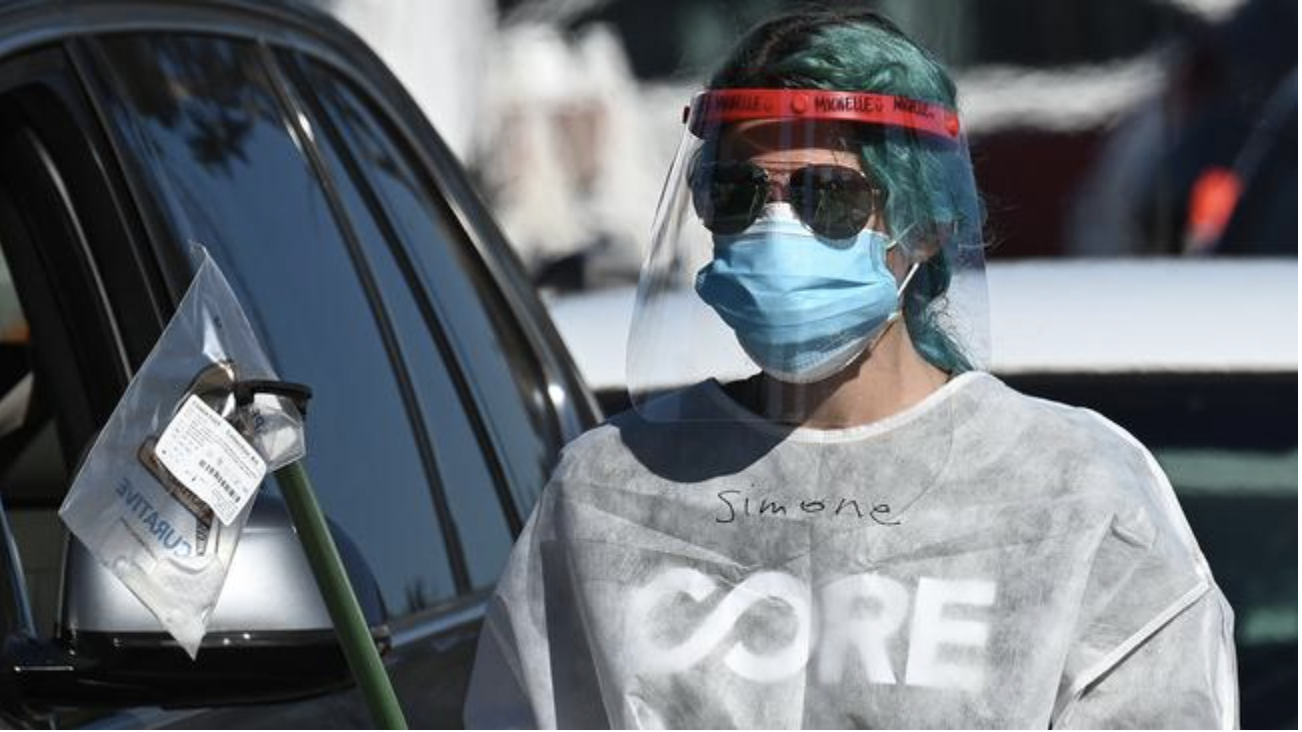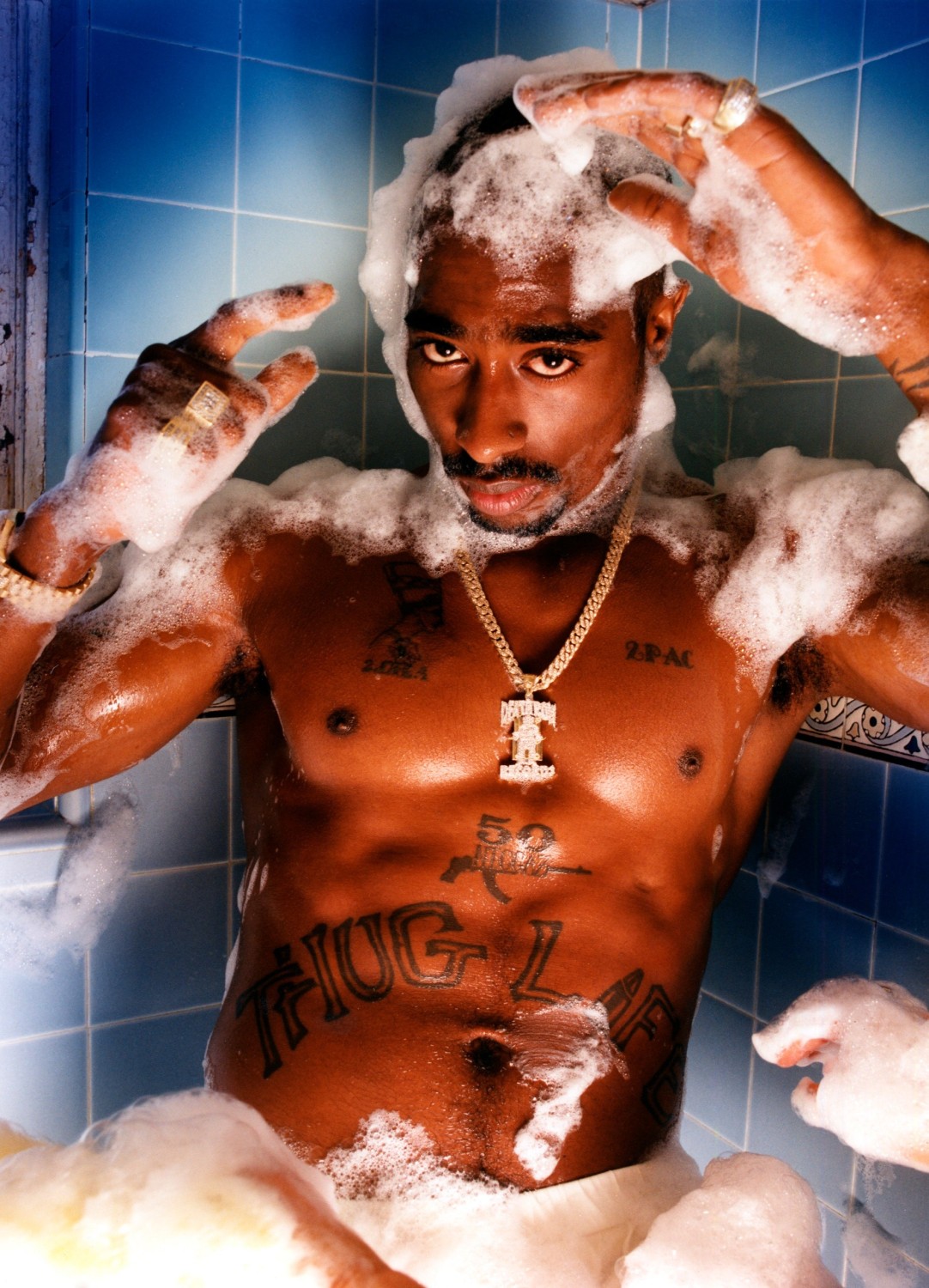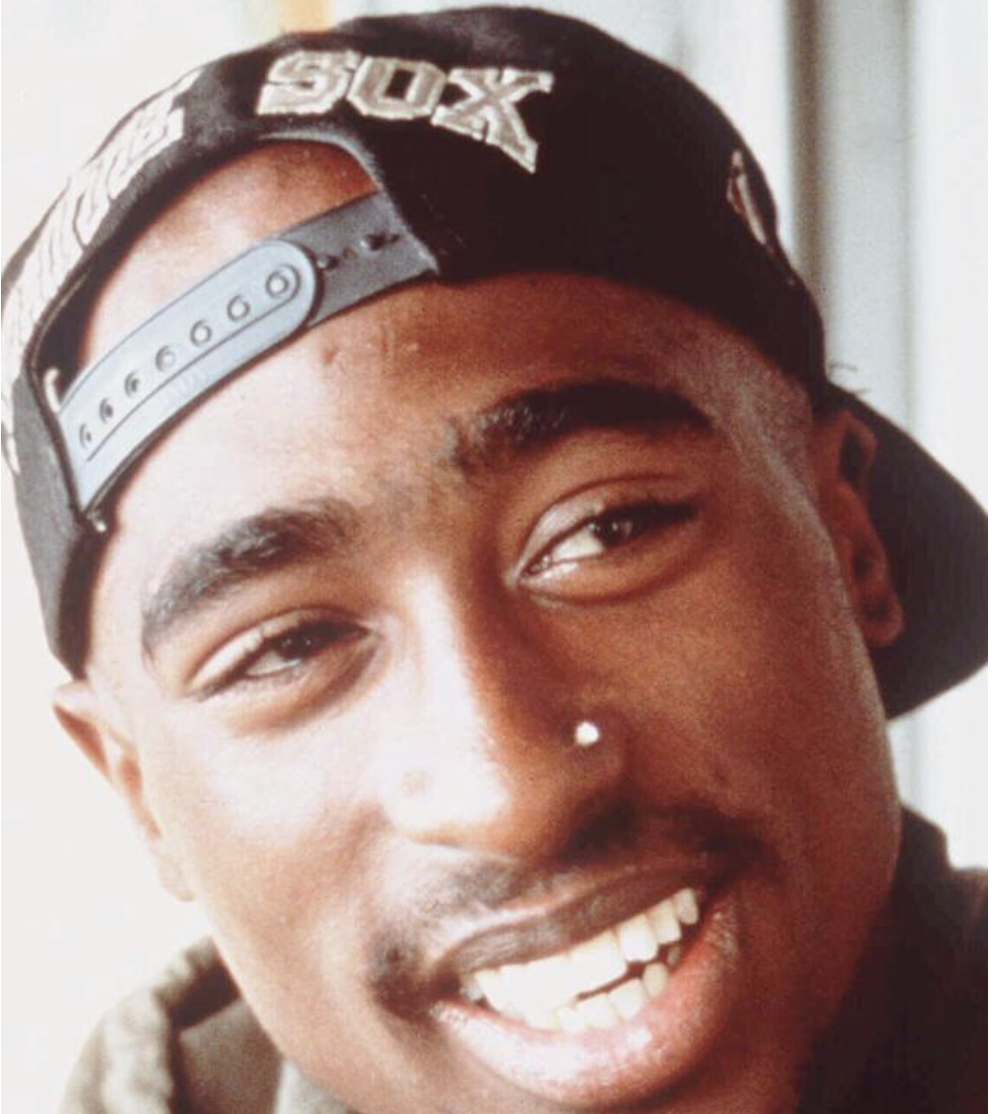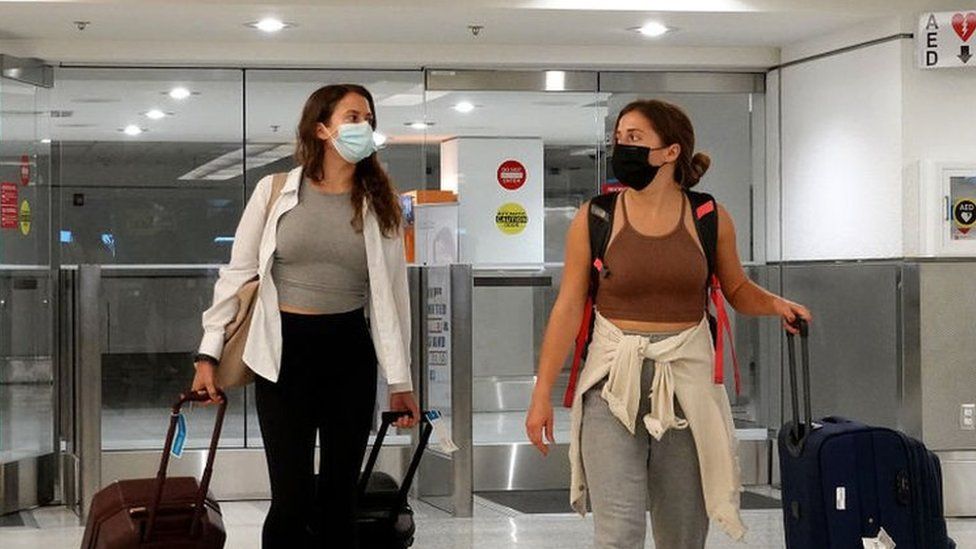
This article is more than
5 year oldCoronavirus US: America on ‘deadliest stretch’ in history as death toll exceeds 2500 for third day

America’s battle with COVID-19 is descending into further turmoil, with the nation’s top infectious diseases expert warning it’s “on the brink” of total disaster.
The US surpassed another morbid marker on Friday - the national daily death toll has now exceeded 2500 fatalities for the past three days, its “deadliest stretch” since April.
What that new number of deaths – 2885 – means is that one American is dying of coronavirus every 30 seconds, one reporter for The New York Times pointed out.
Hospitalisations and infections are also soaring beyond already record levels across the vast majority of the country’s 50 states, with cases now well and truly past 14 million, and only set to get worse.
And as health workers brace themselves for the fallout from Thanksgiving – when pleas to stay home and avoid travel fell on deaf ears – America’s top expert, Dr Anthony Fauci, has warned it’s now facing a “crisis situation” in the months to come.
RELATED: America’s looming disaster in one image

America’s top infectious diseases expert, Dr Anthony Fauci, says America is now facing a ‘crisis situation’. Picture: Mandel Ngan/AFPSource:AFP
The US continues to break records in its number of coronavirus hospitalisations, infections and deaths. Picture: Mario Tama/Getty Images/AFPSource:AFP
“The effect of Thanksgiving is going to be realised two weeks from now, literally as we are getting into the travelling season for Christmas and Hanukkah,” Dr Fauci, who has been director of the National Institute of Allergy and Infectious Diseases since 1984, told MSNBC today.
“I’m appealing to the American public to please realise that this is real. This is not fake, this is not a hoax. Literally every day another record is broken.”
The nation is now, Dr Fauci said “in a very, very difficult, if not crisis situation when it comes to the explosion of cases”, warning that hospitals in many parts of the US are on the verge of being overwhelmed by the increasing number of COVID hospitalisations.
“In several areas of the country, the system is really being stretched,” he said. “I know because we speak to these people on the phone.
“They call me up, they say they are on the brink, at the cusp, that if we have this acceleration of cases we are going to run out of beds, we are going to run out of personnel.”
RELATED: Sudden blow to COVID vaccine hopes
In a similarly stark appeal yesterday, director of the Centres for Disease Control and Prevention (CDC), Dr Robert Redfield, predicted America’s total deaths could jump from 273,000 to 450,000 by February.
“The reality is, December and January and February are going to be rough times,” Dr Redfield said at an event hosted by the US Chamber of Commerce.
“I actually believe they’re going to be the most difficult time in the public health history of this nation.
“We’re in that range potentially now, starting to see 1500 to 2000 to 2500 deaths a day from this virus. The mortality concerns are real, and I do think, unfortunately, because we see February, we could be close to 450,000 Americans that have died from this virus.”
A picture shared to Twitter by a rural ER/family doctor drove home how dire the situation in US hospitals has become.
The image shows a room in an ICU ward filled with iPads that are used by patients to FaceTime their loved ones during their final moments.
“These are iPad stations being prepared for virtual ICU end of life visits by a palliative care doc I know. Jesus,” the man wrote.
RELATED: Map shows virus spreading like wildfire
The Washington Post national political correspondent James Hohmann tweeted that the image “chills me to the bone”.
“So many wives who can’t hold their husband’s hand as he dies. So many kids who can’t hold the hands of their parents as they pass away,” he wrote.
“It didn’t have to be this way.”
The only way the US can pull itself out of this hole, Dr Redfield said, is for Americans to step up and take greater precautions in the months ahead.
“It’s not a fait accompli. We’re not defenceless,” he said.
“The truth is that mitigation works. But it’s not going to work if half of us do what we need to do. Probably not even if three-quarters do.”
What was needed to get all residents on board, he said in his address, was “clear, unified, reinforced messaging”.
“The fact that we were still arguing in the summer about whether masks work was a problem”, he said. “The time for debating whether or not masks work or not is over.”





